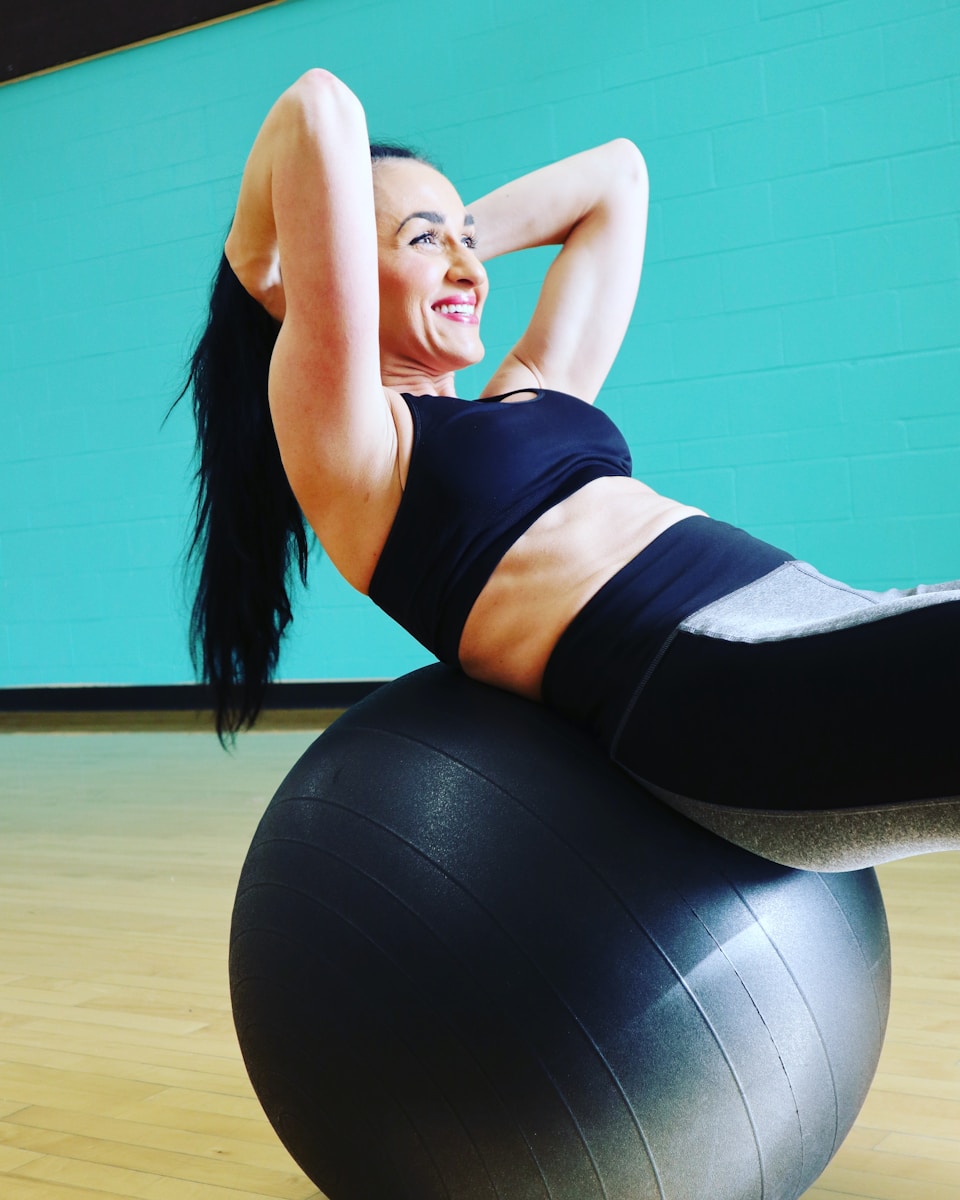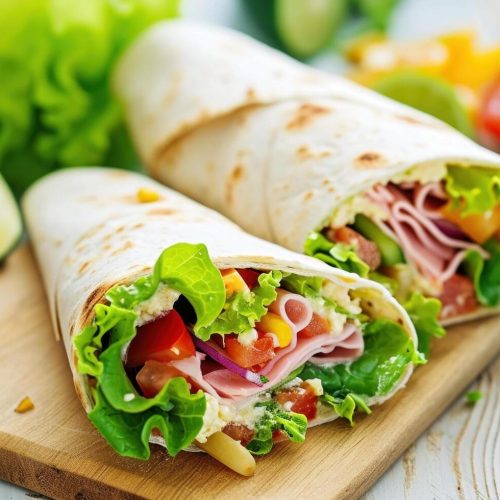Losing fat in any specific area of the body, including the upper body, is a common goal for many people. Whether you’re looking to tone your arms, chest, or back, the desire to target fat loss in these areas is understandable. However, the process of losing fat is complex and often misunderstood, particularly when it comes to the idea of spot reduction—the notion that you can target fat loss in a specific region of the body. In this article, we’ll explore the reality of spot reduction, discuss effective strategies for overall fat loss, and offer specific tips to help you tone and strengthen your upper body.
Understanding Fat Loss and Spot Reduction
What is Spot Reduction?
Spot reduction is the concept that you can lose fat from a specific area of your body by targeting that area with exercises. For example, many people believe that doing countless crunches will reduce belly fat, or that performing arm exercises will slim down the arms. While this idea is popular, scientific research does not support the effectiveness of spot reduction.
The Science Behind Fat Loss
Fat loss occurs when you burn more calories than you consume, creating a caloric deficit. When your body needs energy, it begins to break down stored fat to use as fuel. However, this process is not selective—your body does not decide to burn fat from a specific area just because you’re exercising that region. Instead, fat loss occurs throughout the body based on genetics, hormone levels, and overall body composition.
Genetics and Fat Distribution
Where your body stores fat is largely determined by genetics. Some people may naturally carry more fat in their upper body, while others may store fat in their lower body. This means that when you lose fat, you may notice changes in some areas faster than others. While you cannot control where your body loses fat, you can focus on overall fat loss strategies to reduce fat throughout your body, including the upper body.
Effective Strategies for Overall Fat Loss
Since spot reduction is not an effective approach, the key to losing upper body fat lies in adopting strategies that promote overall fat loss. By reducing your total body fat percentage, you will eventually see fat loss in the upper body as well.
1. Create a Caloric Deficit
Caloric Intake:
The most important factor in fat loss is creating a caloric deficit, meaning you consume fewer calories than your body needs to maintain its current weight. To achieve this, you can either reduce your calorie intake, increase your physical activity, or ideally, combine both approaches.
How to Calculate Your Caloric Needs:
To determine how many calories you should consume for fat loss, start by calculating your Total Daily Energy Expenditure (TDEE), which accounts for your Basal Metabolic Rate (BMR) and activity level. Once you know your TDEE, aim to consume 10-20% fewer calories than this number to promote fat loss. For example, if your TDEE is 2,000 calories, a 10-20% deficit would mean consuming 1,600 to 1,800 calories per day.
2. Prioritize Whole Foods and Balanced Nutrition
Nutrient-Dense Foods:
Focus on a diet rich in whole, nutrient-dense foods that provide essential vitamins, minerals, and macronutrients while keeping you full and satisfied. Include a variety of vegetables, fruits, lean proteins, whole grains, and healthy fats in your diet.
Protein Intake:
Protein is crucial for maintaining muscle mass during fat loss and can help keep you feeling full longer. Aim to include protein-rich foods like chicken, fish, eggs, tofu, beans, and low-fat dairy in every meal. A good rule of thumb is to consume 0.8-1 gram of protein per pound of body weight.
Limit Processed Foods:
Minimize your intake of processed foods, sugary snacks, and refined carbohydrates. These foods can lead to overeating and make it harder to achieve a caloric deficit.
3. Engage in Regular Cardiovascular Exercise
Cardio for Fat Loss:
Cardiovascular exercise is effective for burning calories and improving overall cardiovascular health. Incorporating regular cardio into your routine can help create the caloric deficit needed for fat loss. Aim for at least 150 minutes of moderate-intensity cardio or 75 minutes of high-intensity cardio per week.
Types of Cardio:
There are various forms of cardio that you can choose from, including running, cycling, swimming, rowing, and walking. High-Intensity Interval Training (HIIT) is particularly effective for fat loss because it alternates between short bursts of intense exercise and periods of rest, maximizing calorie burn in a shorter amount of time.
4. Incorporate Strength Training
Importance of Strength Training:
Strength training is essential for preserving lean muscle mass while losing fat. Building muscle can also increase your resting metabolic rate, meaning you burn more calories even at rest. Strength training can help you achieve a more toned and defined upper body as you lose fat.
Upper Body Exercises:
While you cannot target fat loss in the upper body specifically, you can strengthen and tone the muscles in this region. Focus on compound exercises that engage multiple muscle groups, such as:
- Push-Ups: Strengthen the chest, shoulders, and triceps.
- Pull-Ups: Work the back, biceps, and shoulders.
- Dumbbell Rows: Target the back and biceps.
- Shoulder Presses: Build strength in the shoulders and triceps.
- Chest Presses: Focus on the chest, shoulders, and triceps.
Full-Body Workouts:
Incorporating full-body strength training workouts can also be beneficial. Exercises like squats, deadlifts, and lunges engage multiple muscle groups and can help increase overall calorie expenditure.
5. Stay Consistent and Patient
Long-Term Commitment:
Fat loss is a gradual process that requires consistency and patience. It’s important to stay committed to your fitness routine and dietary plan even when progress seems slow. Remember that sustainable fat loss takes time, and making healthy lifestyle changes will benefit you in the long run.
Tracking Progress:
While the scale can be a useful tool for tracking progress, it’s not the only measure of success. Consider taking body measurements, tracking body fat percentage, or using progress photos to see how your body composition changes over time.
Targeting the Upper Body for Fat Loss
While you cannot spot reduce fat in the upper body, you can take steps to tone and define this area as you lose overall body fat. By combining a balanced diet, regular cardio, and strength training exercises that target the upper body, you can achieve a leaner and more sculpted appearance.
Upper Body Workouts:
As you work to lose overall body fat, focus on building muscle in your upper body with targeted strength training exercises. This can help create the appearance of a toned upper body as fat levels decrease.
Core Strength:
Don’t forget to include core-strengthening exercises in your routine. A strong core supports better posture and enhances the overall appearance of your upper body.
Hydration and Recovery:
Staying hydrated and getting enough sleep are also crucial components of any fat loss plan. Proper hydration supports metabolism, while adequate sleep helps regulate hormones related to hunger and fat storage.
Conclusion
Losing upper body fat requires a holistic approach that focuses on overall fat loss through a combination of diet, exercise, and lifestyle changes. While spot reduction is not possible, you can achieve a leaner and more toned upper body by creating a caloric deficit, engaging in regular cardio and strength training, and maintaining consistency over time. Remember that patience is key, and with dedication to your fitness journey, you will see results in your upper body and beyond.
Tags: upper body fat loss, fat loss strategies, strength training, cardio exercises, balanced diet, spot reduction myth, body fat percentage, fitness tips, toned upper body, healthy lifestyle





